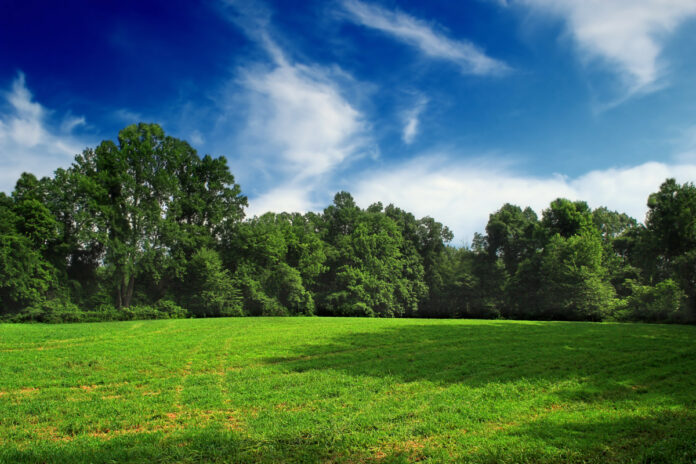Activists and organisations working in and around public green spaces have often remarked how public green spaces are often treated as an afterthought or a lesser important feature of the urban planning or architectural process when designing or planning for human settlements. The World Health Organisation defines these spaces as places with natural surfaces and natural settings which may include specific types of urban greenery like street trees with typical examples of these spaces being that of parks. By Onthatile Marang Modise
Activists and scholars alike have long been working to reveal the unfair biases towards these spaces. Most recently calls to intensify activism around these spaces have been gaining traction throughout the African continent, particularly with the newly established Centre on African Public Spaces (CAPS. CAPS looks to serve as a home and a resource for practitioners, organisations and communities concerned with public spaces in the African continent.
COP26 and most recently COP27 has seen intensified efforts to propel South Africa and other nations towards increased efforts in combating climate change and upholding the Paris agreement. In the context of South Africa, this has seen the country committing towards a move from coal in favour of renewable and cleaner sources of energy.
The nation’s power supply, Eskom, has most recently embarked on a major project to decommission one of its oldest power plans, Komati. Komati is set to be repurposed to produce wind and solar energy as part of ongoing efforts towards the transition to renewable energy. The Komati plant is located in the town of Middleburg known for its abundant coal resources alongside the neighbouring town of Witbank affectionately known as the place of coal ‘Emalahleni’.
Middelburg and Witbank have regularly been touted as having the worst air quality in the world due to the presence of coal power stations as well as coal mining activities that take place in the area.
A judgement issued earlier this year by the North Gauteng high court declared that the poor air quality of the Mpumalanga Highveld which covers both Middelburg and Witbank as being in breach of the residents’ constitutional right to an environment that is not harmful to the wellbeing of residents. The court further directed the minister of environmental affairs to initiate and prescribe regulations in implementing and enforcing the Highveld Priority area Air quality management plan to curb emissions and improve air quality in the region.
Recent studies around public green spaces have interrogated the potential of these spaces in aiding in the fight against climate change by curbing emissions and contributing to better air quality and overall improved quality of life in cities. This research revealed that open green spaces through their trees and vegetation decrease levels of air pollutants through mechanisms like carbon capture and storage which reduces the amount of carbon in the atmosphere. These spaces have also been known to provide natural cooling of air and surfaces in urban areas.
Much of the research around the environmental and health benefits of open green spaces was primarily based in Europe resulting in most of the discourse on public green spaces lacking a distinctly home grown place-specific feel which African academics and activists alike have been trying to fix through amongst others the creation of CAPS.
The emergence of a homegrown centre like CAPS encourages all of us to think holistically and creatively in finding homegrown place-specific solutions as well as the piloting of progressive cutting-edge projects in exploring the potential of public green spaces to respond to challenges grappling our societies like the rampant air pollution of the Mpumalanga Highveld.
Although benefits of public green spaces have been highlighted by academics and activists alike around the globe, the potential of these spaces in reducing the effects of emissions in coal mining towns has not been investigated. In the context of South Africa, investment and research in these spaces is limited, more so in mining towns like those of Mpumalanga.
As part of efforts to realise better air quality in mining towns like Middelburg and Witbank, the potential of public urban green spaces should be investigated through joint efforts from local governments as well as investments from the private sector and knowledge support from organisations like CAPS.
Towns like Middelburg and Witbank can embark on initiatives like street greening projects and the development of more public parks as part of efforts towards reducing the effects of harmful emission on the wellbeing of residents and as a stepping stone towards resilient and sustainable towns.
Onthatile Modise is an aspirant social and environmental practitioner with a keen interest in the intersections between the social, environmental and earth sciences.









